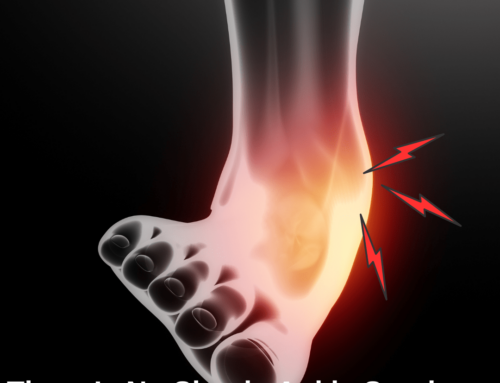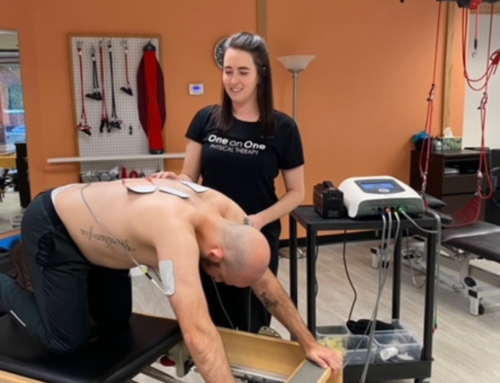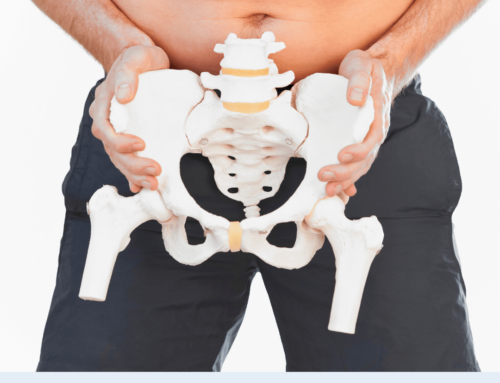Pelvic Organ Prolapse

Whether it’s pelvic pain, discomfort with sex, incontinence, difficulty having a bowel movement, or feelings of fullness or heaviness in your lower abdomen or pelvic region. The signs and symptoms of an pelvic organ prolapse can be extremely overwhelming.
Let’s start with the most important question…what exactly is a prolapse?
A pelvic organ prolapse (POP) occurs when your pelvic organs move from their original position. It can be due to a multitude of factors including but not limited to:
- Weakness of the pelvic floor muscles
- Increased intra-abdominal pressure over time- from chronic coughing, constipation or straining to have a bowel movement
- Posture
- Hypermobility disorders
- Hormonal changes associated with aging
- Vaginal childbirth
- Heavy lifting
If we think about our trunk as a canister, our pelvic floor muscles form the floor of that canister, and our diaphragm the ceiling. Our multifidi form the posterior wall, and transverse abdominis the anterior wall.
Certain tasks we perform throughout the day can increase the pressure in our abdomen, and our muscles must work together in synchronicity to reflexively contract in anticipation of pressure changes. Next time you go to get out of bed or even cough or laugh, feel how the pressure in your abdomen changes. You may feel the majority of your pressure moving downwards towards your pelvic floor. Even at rest our pelvic floor muscles have tone- that means there is a certain amount of activity in your pelvic floor muscles at rest to be able to manage continence and provide support for your pelvic organs.
So why do I have a pelvic organ prolapse?
Our bodies naturally look for the path of least resistance! Weakness or decreased tone in your pelvic floor is often a major factor. Your pelvic floor muscles may not be able to maintain a strong contraction against gravity and therefore cannot provide adequate support to maintain the position of your pelvic organs. However, the solution is not only pelvic floor strengthening as there is usually dysfunction of our entire deep core stabilizing system that needs to be addressed.
So start with increasing your awareness of your posture, do you stand with your pelvis tilted anteriorly or posteriorly?
Take a look and feel where you stand- is your weight shifted forward onto the balls of your feel? Or do you keep your weight shifted posteriorly or to the sides?
How is your rib cage positioned? Do you stand with your rib cage flaring anteriorly and your chest lifted? Or perhaps your chest is tucked down and you tend to grip through your proximal abdominal muscles.
How are you breathing? Do you breathe with your chest, using mostly your accessory muscles? Or are you recruiting your diaphragm?
All of these different systems can impact our pelvic floor and need to be addressed before just beginning to perform Kegels to address your prolapse symptoms.
If you’re experiencing symptoms of a prolapse then book an appointment with a Pelvic Health PT- they can assess, provide education, answer any questions, and give you the support you need to manage and treat your prolapse symptoms.
Click here to book your appointment with Aretha Narayan, a pelvic health PT at One on One Physical Therapy.
About The Author

Aretha Narayan received her Doctorate in Physical Therapy from Oakland University. She underwent her pelvic floor training working with pelvic health physical therapists on clinical rotations. She also had advanced training through the Herman and Wallace Pelvic Health Rehabilitation Institute.
Aretha took an interest in pelvic health after witnessing many patients, friends, and family quietly dealing with symptoms associated with pelvic health conditions and seeing how it affected their physical, emotional, and mental well-being. Her goal is to help all patients live a symptom-free life through physical therapy.






